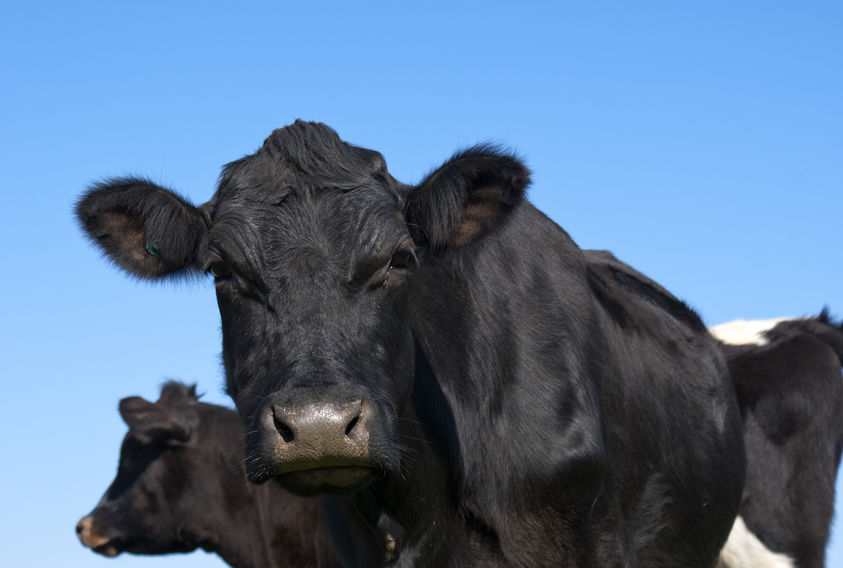
After falling sharply from a high in the final week of April, prime cattle prices in Scotland have shown some modest recovery over the past fortnight.
This is according to the latest market commentary from Quality Meat Scotland (QMS) noting that despite the increase, current prices stand some 4.5% below the spring peak. They are, however, still 7-8% higher than a year ago.
QMS chief economist, Stuart Ashworth said that the volume of prime cattle reaching price reporting abattoirs continues to run below last year’s level.
“This is a trend that has seen slaughter volumes of prime cattle between January and May 2021 3.5% lower than the same period last year.
"Indications from price reporting abattoirs show supplies reaching abattoirs have tightened further as June progressed.”
Steer and heifer volumes have been significantly lower during the year but an increase in young bull slaughterings in May helped to offset this shortfall.
Prime cattle carcase weights have edged higher during April and May.
“Combined with a higher cow kill during May, this has led to an increase in the volume of beef produced in UK abattoirs during this time, such that it was 1% higher than a year ago and offers some explanation for the fall in farmgate price during May,” said Mr Ashworth.
As experienced in 2020, the dual disruptions of Brexit and Covid-19 pandemic continue to impact the UK beef market.
“Although recovering slowly, UK beef exports to the EU over the first four months of the year have been down over 40%," Mr Ashworth said.
"Although, April data suggest the decline was only 10% during that month. However, April 2020 was already low because of Covid inspired trade disruptions.
“Similarly, EU imports have been down 30% over the first four months of the year alone more than offsetting the fall in exports, although the gap had narrowed to less than 10% during April.”
This changing balance of trade left the UK market tightly supplied over the first third of the year.
Mr Ashworth observed that farm gate prices across Europe and in Ireland did not see the decline during May that occurred in the UK.
“Average prime cattle prices across Europe are currently around 8% higher than a year ago and over 15% higher in Ireland.
"Like Scotland, Irish abattoirs are facing lower supplies of cattle than a year ago, handling around 5% fewer animals since the start of the year but with a shortfall of around 10% in prime cattle availability in recent weeks.”
Looking further afield, farmgate prices are also firm in many other parts of the world.
“Australia, for example, has seen prices climb, as the effects of recent droughts impact on supplies, to stand some 10% higher than a year ago taking them slightly ahead of the EU average but still 10% lower than the Scottish price,” said Mr Ashworth.
Prices have also climbed steeply over the past year in Brazil where heavy slaughterings to meet Chinese demand over the past couple of years has led to tight supplies currently and farmgate prices are around 50% higher than a year ago.
“Australia and Brazil are the two largest traders of beef in the world and high prices there help to underpin the global beef market," Mr Ashworth said.
"The other significant global player, the USA, has also seen farmgate prices climb over the past six months to stand 30% higher than a year ago, but have only recently moved ahead of the five year average."
Meanwhile, back in Great Britain, cattle population data suggests little capacity to increase prime stock availability in the short term.
With the UK introducing the next stage of Brexit import controls on the 1 October, which are likely to increase the administrative cost of importing beef, the under-pinning of the current firmness of the farmgate price remains in place.
